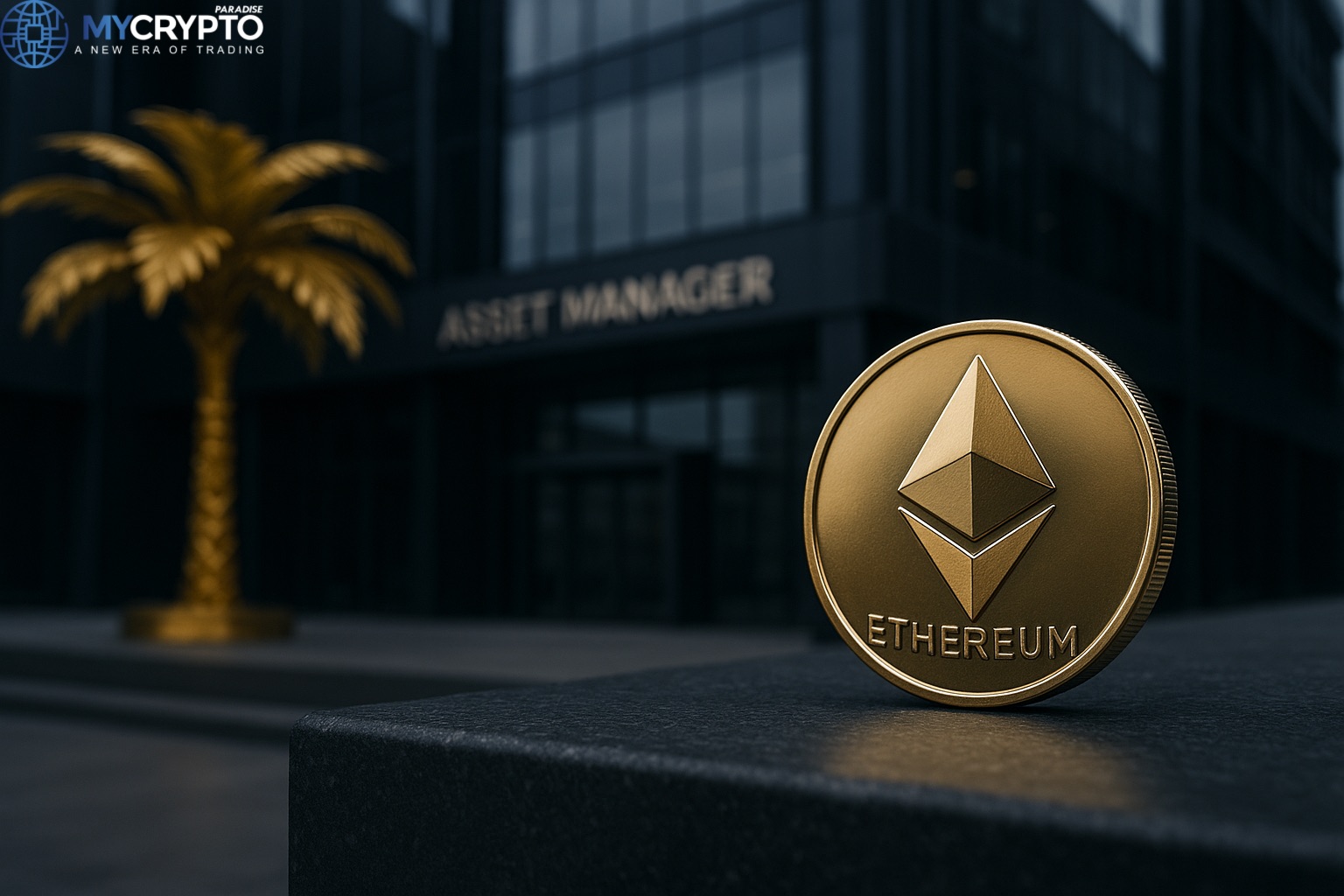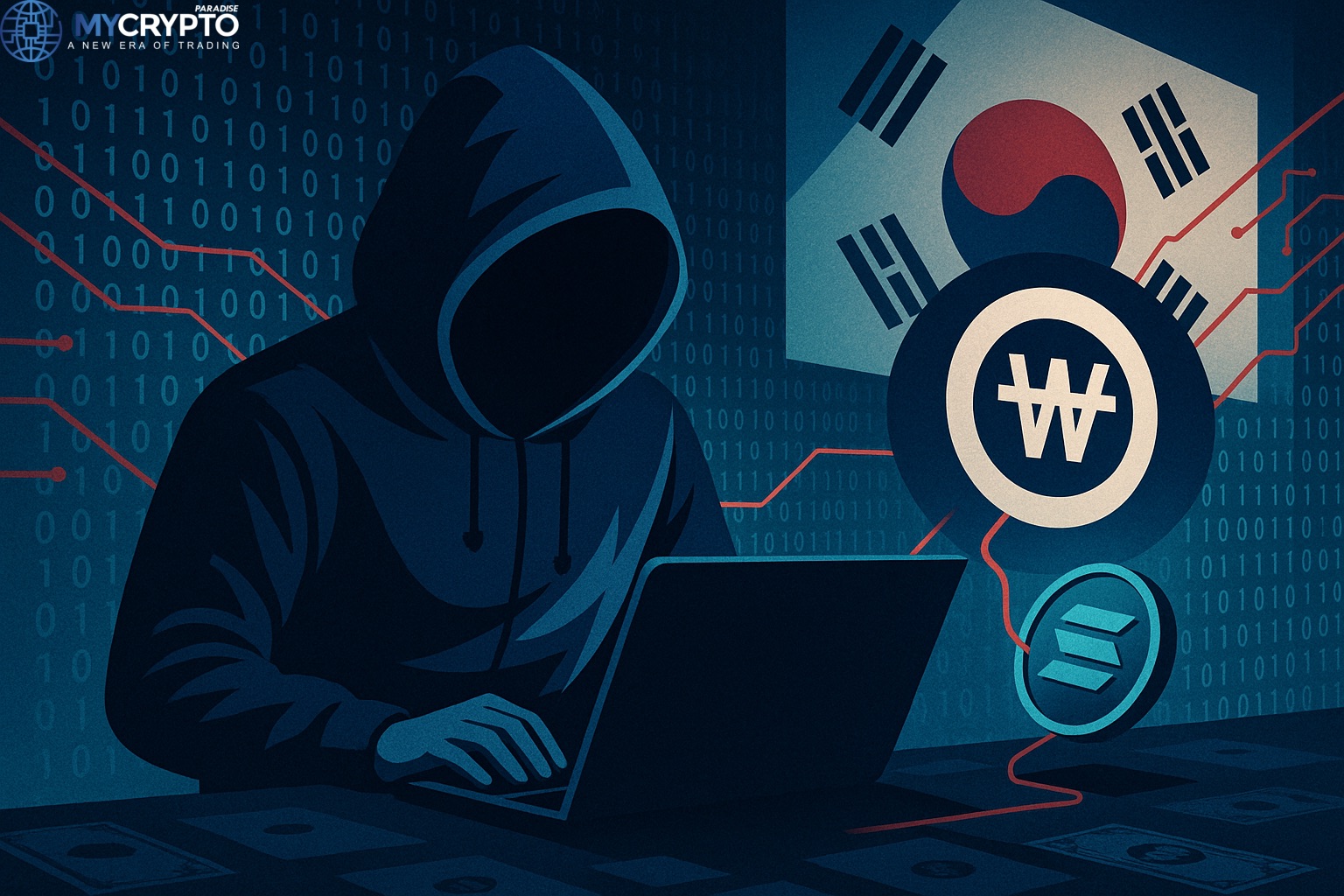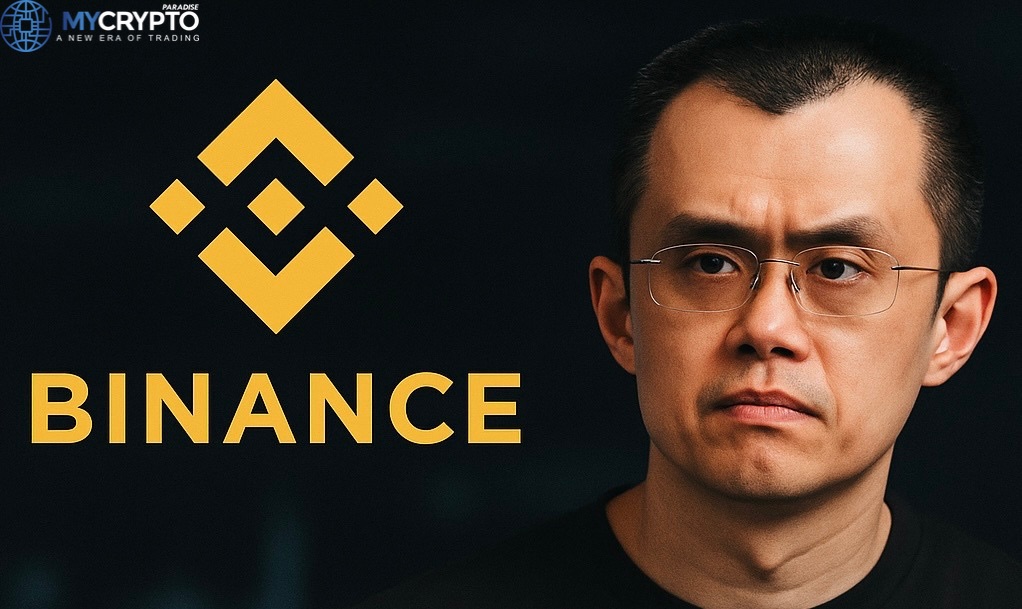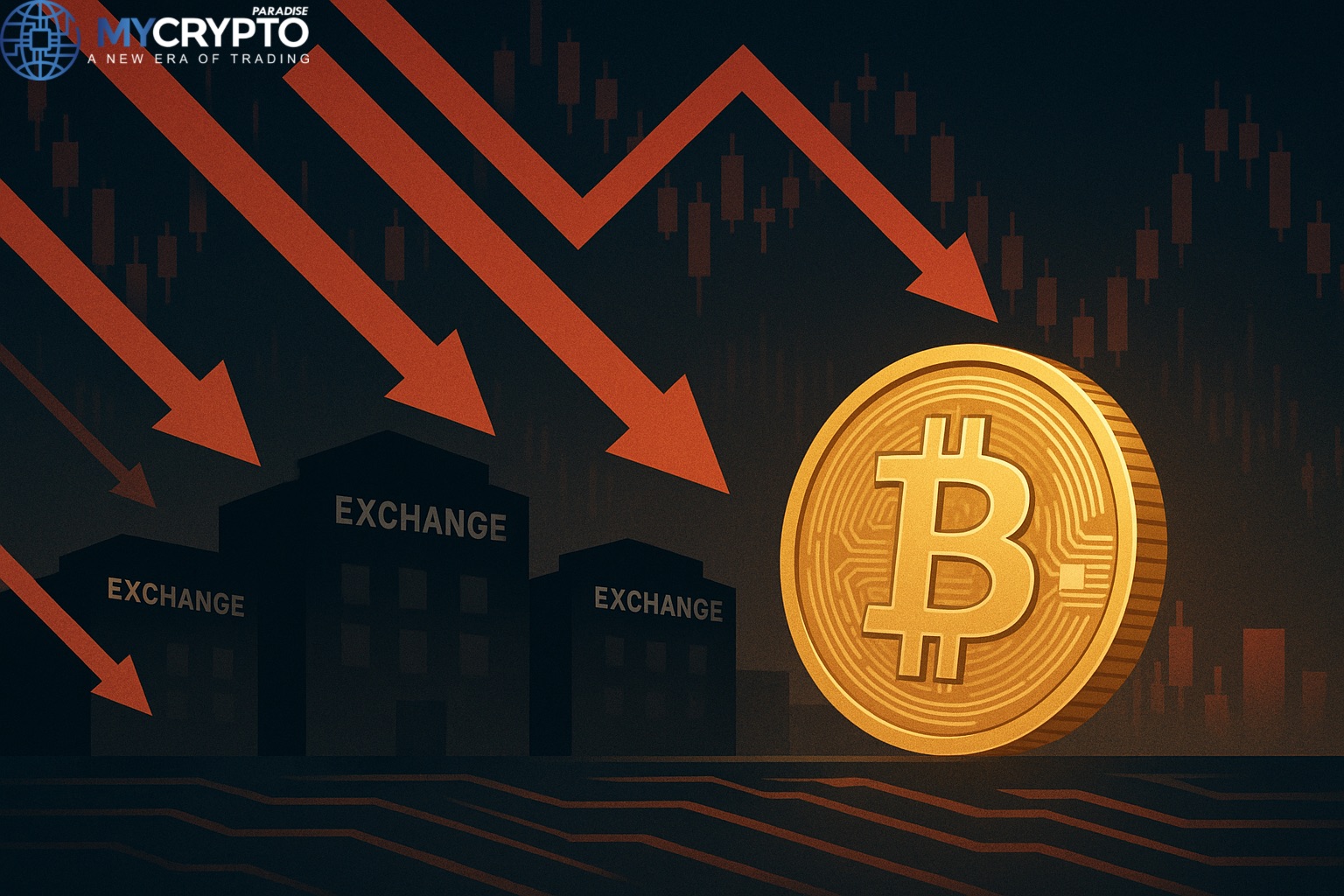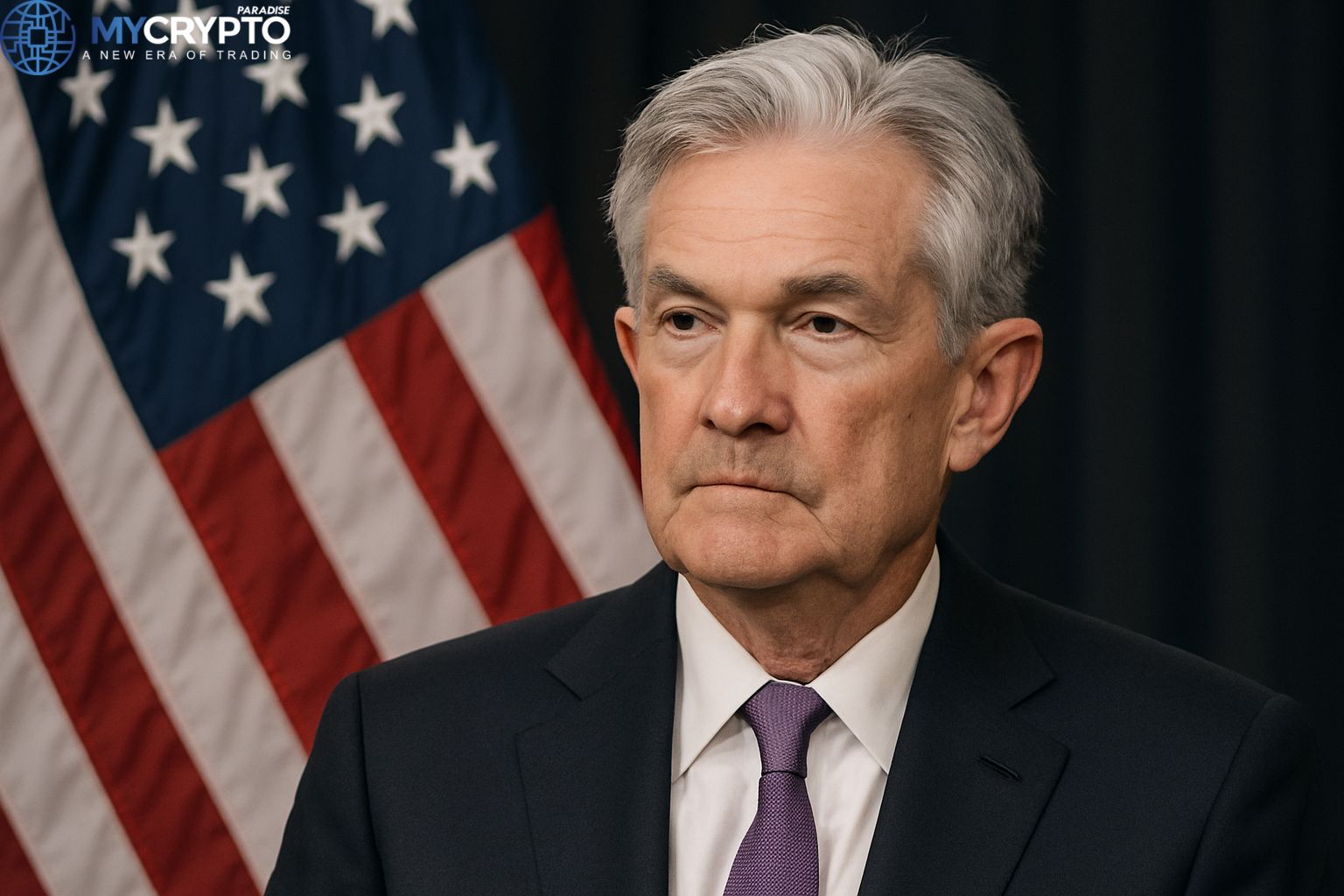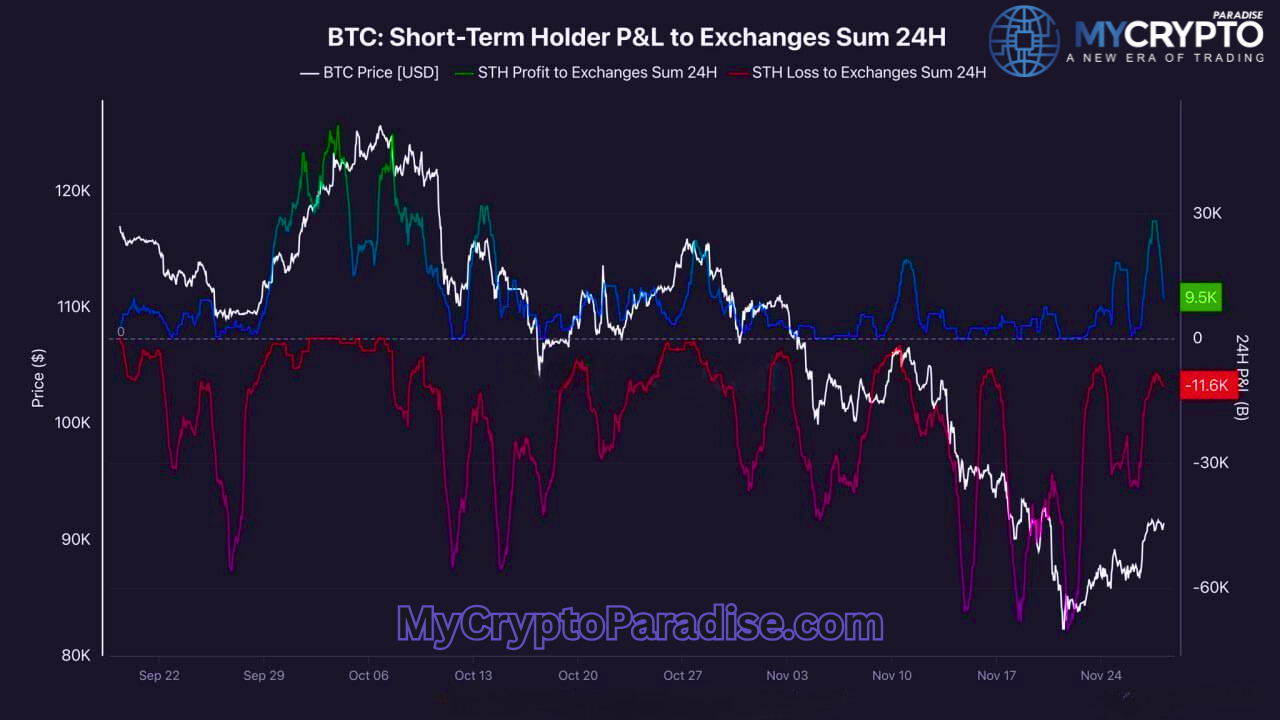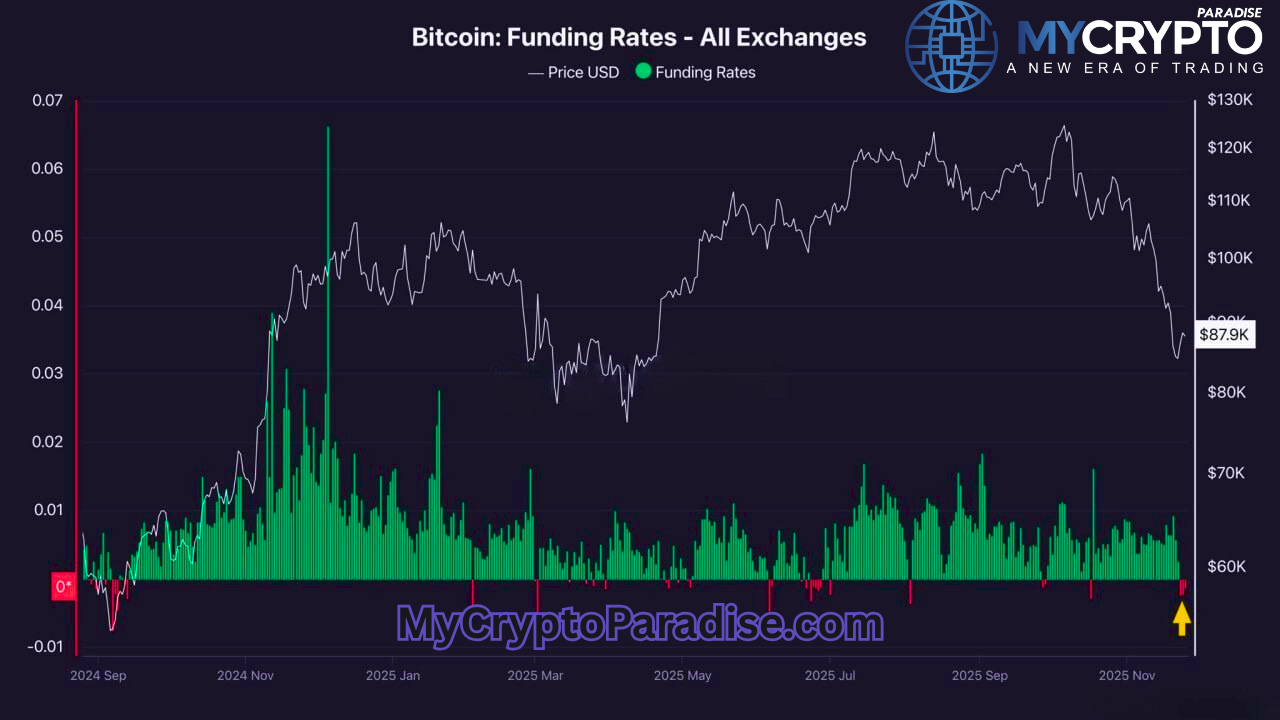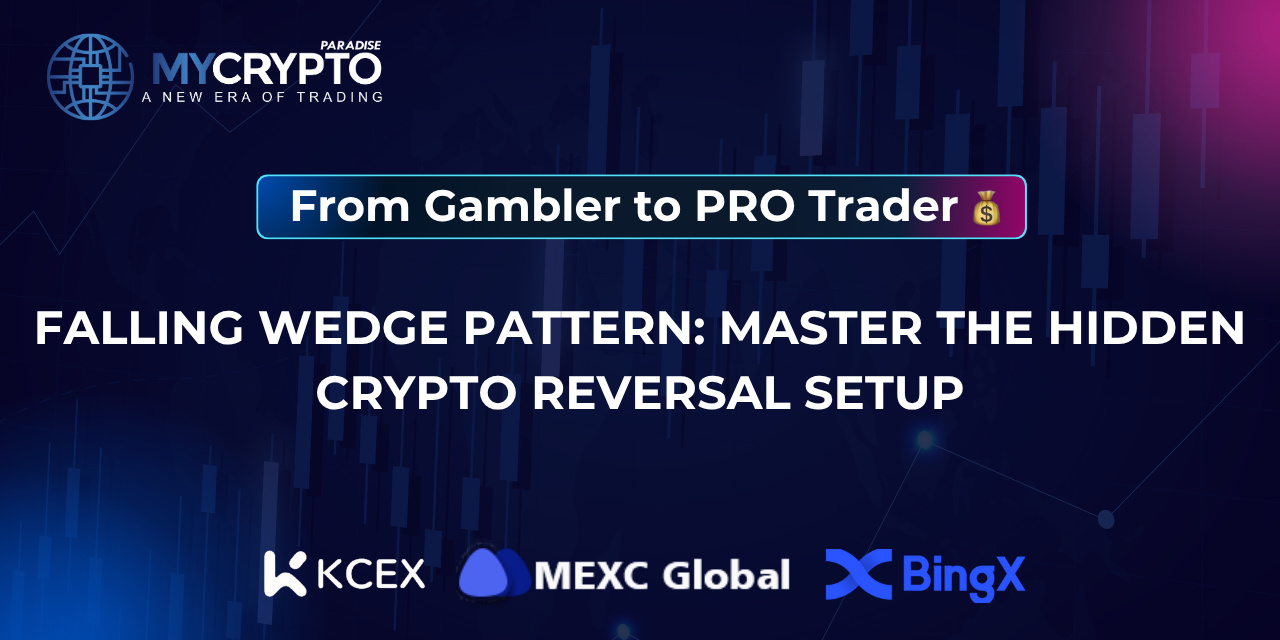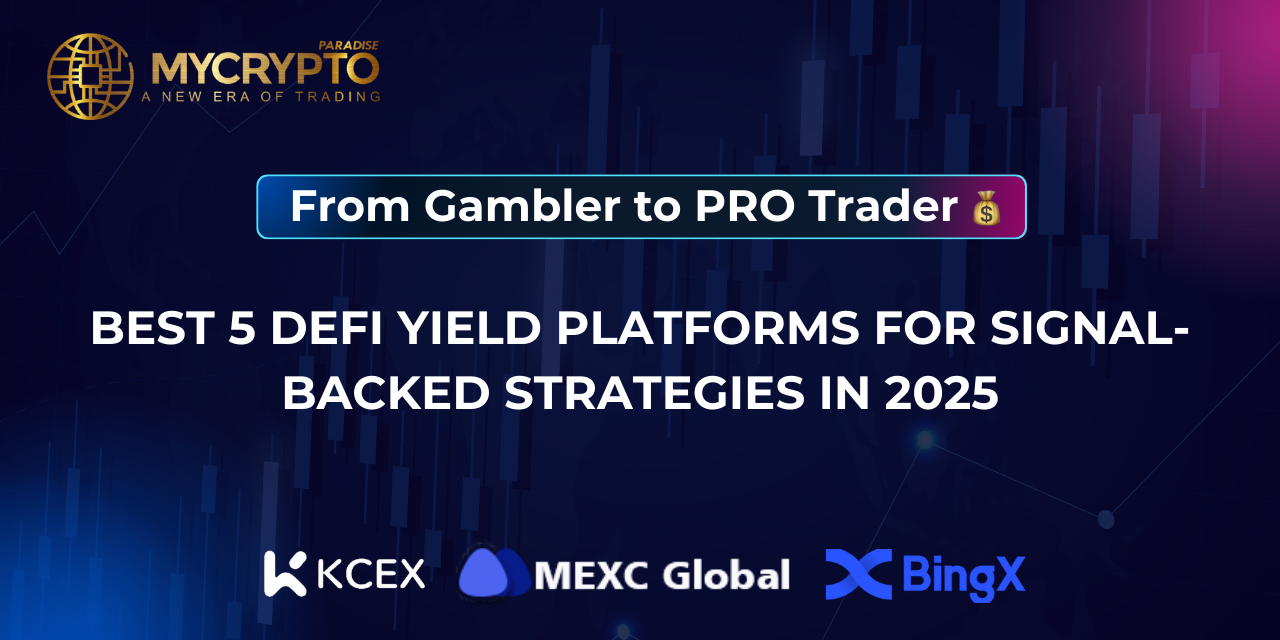Quick Takes:
- BlockFi’s approach aims to balance creditor repayments with market stability.
- The exclusions and separate processing for non-U.S. clients and fiat claims highlight the complex regulatory landscape affecting global crypto transactions.
Could the timing of BlockFi’s asset distributions signal a new direction for the crypto market? Starting this July, eligible U.S. clients will begin receiving their long-awaited repayments via Coinbase. But with a significant portion of BlockFi’s client base still waiting and potential market pressures looming, what impact will these payouts have? Dive into the details and implications of this pivotal moment in BlockFi’s bankruptcy saga.
Details of the Distribution
Distributions are scheduled to start in July and will continue over a span of one year. This extended period for redistributing assets is designed to mitigate potential market impacts, such as increased sell pressure. The choice of Coinbase as the platform for these transactions underscores the need for a robust and reliable service to handle such sensitive operations.
Regulatory Hurdles and Exclusions
It’s important to note that this initial round of distributions is limited to U.S. clients due to regulatory constraints. Non-U.S. clients will have to wait longer, as their claims are subject to different regulatory requirements that are currently preventing immediate disbursements.
Handling of Fiat Claims
For those clients with fiat claims against BlockFi, the processing is being handled separately by Kroll and Digital Disbursements. This bifurcation ensures that both crypto and fiat redistributions are managed efficiently and in accordance with legal stipulations.
Market Implications
The reintroduction of these assets into the market raises questions about potential impacts. While there’s a concern that these distributions could increase sell pressure—especially in light of similar activities by Mt. Gox—the staggered nature of the repayment process may help cushion any significant market disturbances. Moreover, if the market trends bullish, recipients might opt to hold onto their assets rather than sell, stabilizing the situation further.
What’s Next?
As BlockFi begins this crucial phase of its bankruptcy resolution, the broader implications for both the affected clients and the general market will become clearer. How this process is managed could set precedents for how similar cases are handled in the future.
Let’s Discuss, Paradisers!
What do you think about BlockFi’s strategy for distributing assets through Coinbase? How do you see this affecting the broader cryptocurrency market? And what are your thoughts on the regulatory challenges faced by non-U.S. clients?
Share your insights below, and let’s discuss the potential ripple effects of BlockFi’s repayment process!
Stay informed, stay engaged, and navigate the crypto landscape with knowledge and caution!

